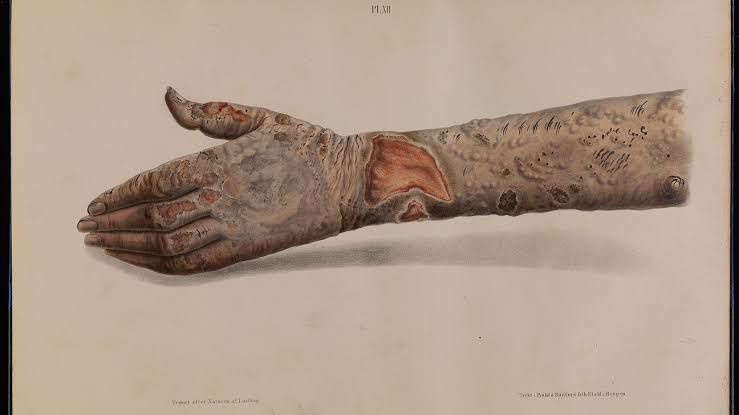
The Centers for Disease Control and Prevention (CDC) has put Central Florida on high alert as
the disease is becoming endemic in the region. In a published research letter, CDC found that
81% of leprosy cases came in from Central Florida while another one-fifth were reported from
other regions of the U.S.
Leprosy’s presence in the U.S.A has left the experts puzzled as it is commonly found in the tropical and sub-tropical regions while most of the cases in the States previously involved people who migrated from native leprosy regions. So far, 15 cases of leprosy have been confirmed this year. In 2015, experts held armadillos responsible for carrying the infection and spreading it in Florida.
What is Leprosy?
Leprosy, also known as Hansen’s disease, is a chronic disease that affects the skin and nerves.
It is caused by a bacteria called Mycobacterium leprae which causes skin numbness and
muscle weakness. The affected area of the body usually changes colour and loses its ability to
sense touch or pain. Around 200,000 new cases of leprosy are recorded every year according
to WHO, most of which are recorded from India, Brazil and Indonesia, thus making it a global
health concern.
What Causes Leprosy?

It is primarily transmitted through an infected person’s respiratory droplets when he/she sneezes
or coughs. However, more than 90% of the people have developed natural immunity to this
disease, making it not highly contagious. According to experts, extended contact with an
untreated leprosy patient may be needed for a healthy person to catch the disease.
However, the exact mode of transmission is not fully understood yet. According to Dr Aileen Marty, a specialist in infectious diseases from Florida International University pointed out that armadillos that acquired leprosy from the leprosy colony of Carville in Louisiana many years ago have slowly moved into Central Florida causing the spread of the infection.
Symptoms of Leprosy

The incubation period for this disease is long, sometimes taking years before the disease starts
proactively spreading. According to the CDC, some of the common symptoms include skin patches with redness and reduced sensation, dry skin, swelling on face or earlobes, fall of
eyebrows and eyelashes. Some of the symptoms involving nerves have been listed as
numbness, muscle weakness and enlargement of nerves. However, if the disease is left
untreated for a prolonged period of time, it may disfigurement and deformities, paralysis and
blindness.
Is It Curable?
Yes, the disease is curable and and fully prescribed treatment usually takes up to 1-2 years. A
Multi Drug Therapy (MDT) is a combination of two or three antibiotics which helps reduce the
progression of the bacteria from spreading into other parts of the body. Early diagnosis of the
disease reduces the nerve damage caused as it cannot be reversed even upon treatment.
Social Stigma Surrounding the Disease
Social stigma surrounding leprosy is deep rooted into misconceptions and myths.
Discrimination, isolation and exclusion of infected people from the society is still commonly
practiced. Even though it is scientifically proven to be curable and not highly contagious,
infected patients have often complained of facing discrimination in education centers,
community interaction and employability. Inclusivity and awareness are needed to help foster an
emotionally safe and sound environment for all human beings.













